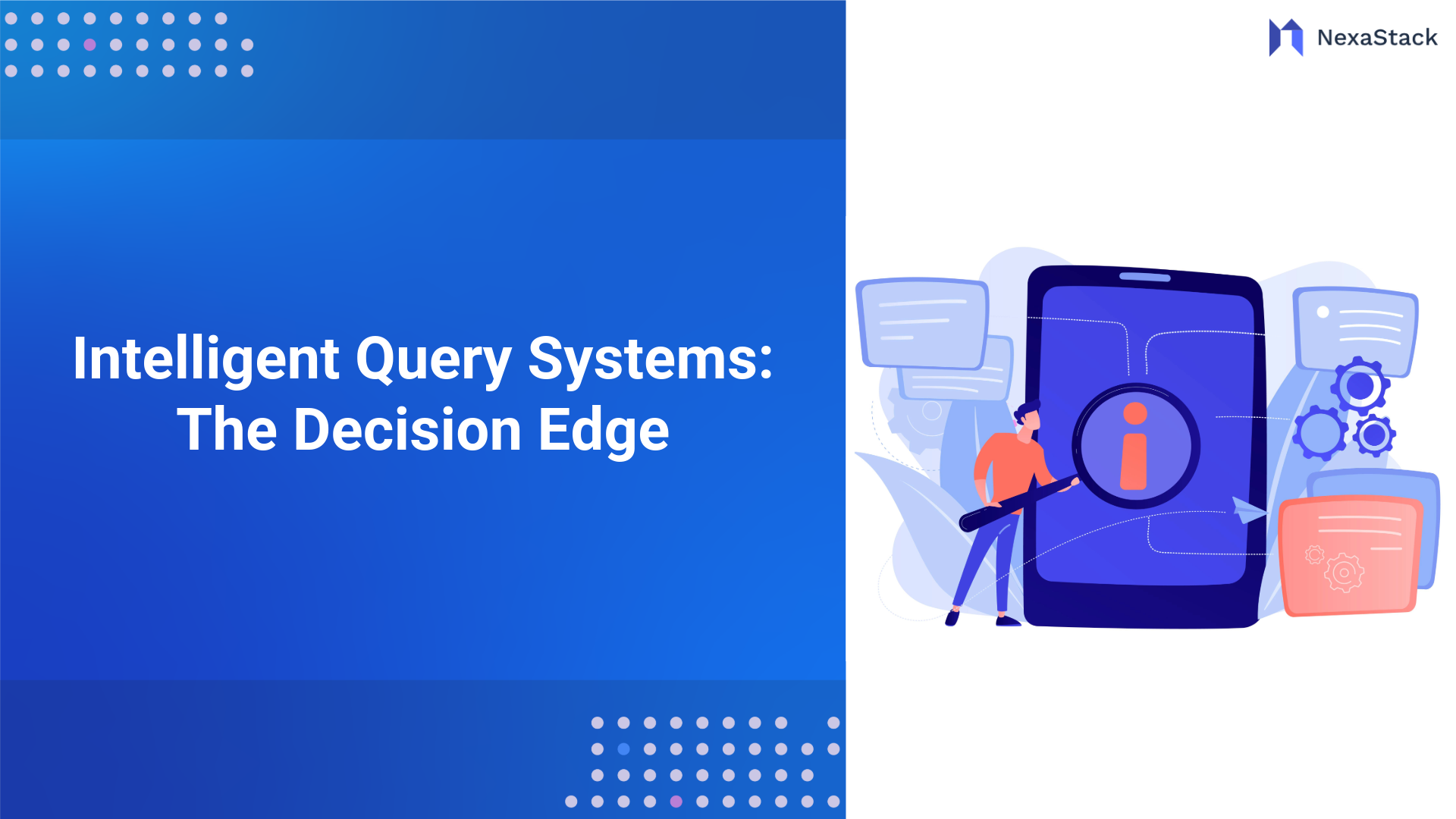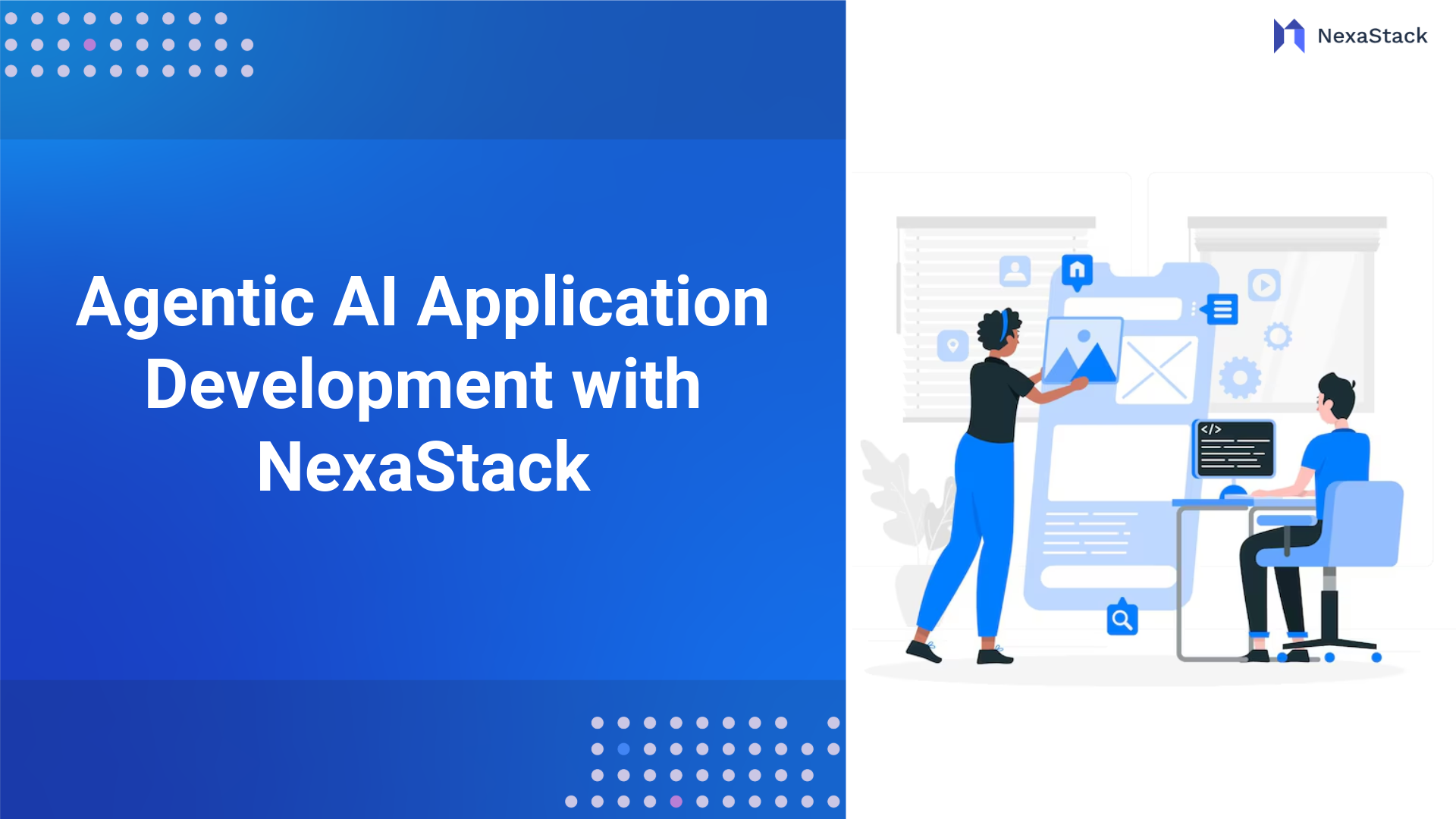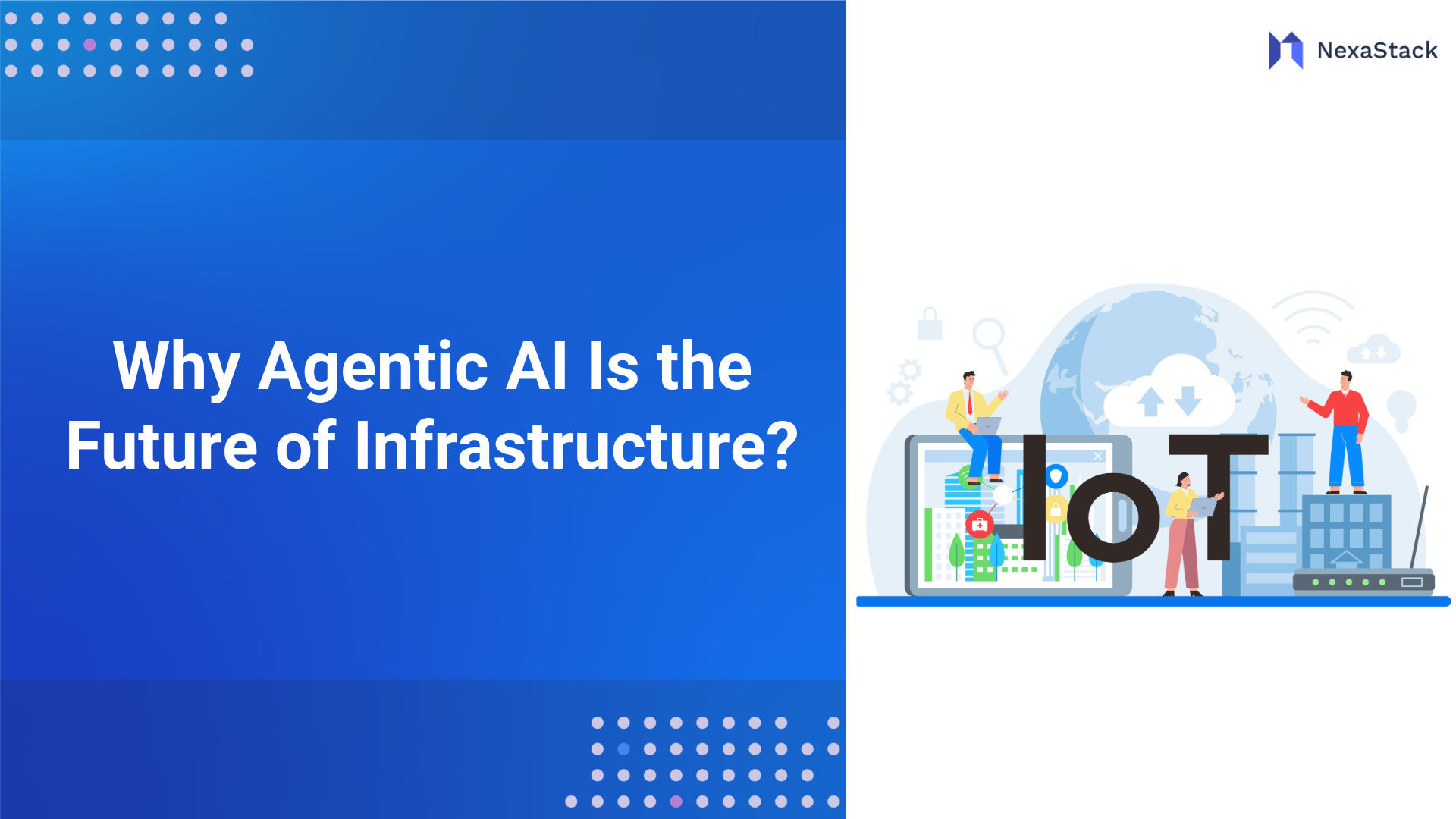Industrial Use Cases for Agentic AI – Deep Dive
Agentic AI is revolutionising industrial operations by enabling systems that autonomously detect, decide, and act, reducing downtime, improving quality, and enhancing safety. Below, we explore four key use cases in detail:
Self-Healing Machines
Problem: Unplanned equipment failures cause costly downtime in manufacturing plants, energy facilities, and heavy machinery.
Agentic AI Solution:
-
Real-time anomaly detection: Vibration, thermal, and acoustic sensors feed data to AI agents that identify early signs of wear (e.g., bearing degradation in motors).
-
Automatic recovery protocols: Upon detecting a failure pattern, the agent can:
-
Initiate backup systems (e.g., switch to a redundant pump).
-
Adjust operational parameters (e.g., reduce load to prevent catastrophic failure).
-
Trigger maintenance requests with root-cause analysis.
Example: A turbine agent detects unbalanced rotor vibrations, schedules a maintenance window, and temporarily derates output to avoid damage.
Autonomous Quality Control
Problem: Traditional vision-based inspection systems flag defects but require human review for contextual decisions (e.g., "Is this scratch critical?").
Agentic AI Solution:
-
Multimodal inspection: Combines visual defects (cracks, misalignments) with process data (pressure, temperature) to classify severity.
-
Dynamic adjustments: Agents can
-
Autonomously reject faulty parts on the conveyor.
-
Calibrate machinery in real time (e.g., adjust welding robots if defects trend upward).
-
Escalate systemic issues (e.g., notify engineers if defect rates spike).
Example: In an automotive assembly line, an agent detects paint inconsistencies, tracks them to a clogged nozzle, and triggers a cleaning cycle—all without stopping production.
Safety Enforcement Agents
Problem: Human oversight alone cannot reliably monitor safety compliance in hazardous environments (chemical plants, mining, construction).
Agentic AI Solution:
-
Proactive hazard detection:
-
PPE compliance: Computer vision agents verify helmets, goggles, and vests in restricted zones.
-
Gas/leak monitoring: IoT sensors paired with AI automatically predict leaks via pressure anomalies and automatically shut valves.
-
Worker behavior analysis: Agents alert supervisors if unsafe actions are detected (e.g., entering high-risk zones alone).
-
Auditable logs: Every decision is recorded for compliance (OSHA, IEC 62443).
Example: In a refinery, an agent detects a hydrogen sulfide leak, seals the area, vents gas, and alerts emergency responders—all within seconds.
Swarm Robotics for Inspection
Problem: Manual inspections of pipelines, wind turbines, or storage tanks are slow, risky, and expensive.
Agentic AI Solution:
-
Collaborative drone/robot teams:
-
Distributed task allocation: Agents negotiate roles (e.g., one drone maps corrosion while another inspects weld joints).
-
Onboard edge AI: Drones process data locally to avoid latency (e.g., identify cracks mid-flight).
-
Self-reconfiguration: If one agent fails, others reassign tasks dynamically.
-
Continuous learning: Agents improve inspection routes based on historical defect data.
Example: Offshore wind farm drones autonomously navigate turbine blades, share 3D defect maps, and prioritise repairs based on risk scores.
AgentOps: Managing AI Agents in Production
-
Shadow Mode Testing (run agents in parallel with humans)
-
Continuous Learning (RL from operational feedback)
-
Version Control for Agents (GitOps for AI workflows)
-
Explainability & Audit Logs (trace every decision)
Why Nexastack for Agentic AI? – A Technical Breakdown
Built for Industrial Autonomy (Beyond Chatbots and LLMs)
While most AI platforms focus on conversational AI or cloud-based LLMs, Nexastack is purpose-built for industrial agentic AI:
-
Machine-Centric Design: Our architecture treats physical equipment as first-class citizens, with native support for PLCs, SCADA systems, and industrial protocols (OPC UA, Modbus).
-
Deterministic Decision-Making: Unlike chatbots that "hallucinate," our agents use constrained reasoning engines that align with safety-certifiable workflows (ISO 13849 for machinery safety).
-
Hardened for Industry 4.0: Pre-integrated with IIoT standards like Asset Administration Shells (AAS) for seamless digital twin integration.
-
Example: A Nexastack agent controlling a hydraulic press doesn't just predict failures—it executes ISO-certified emergency stop protocols when abnormal pressure spikes occur.
Full-Stack Platform (Perception → Reasoning → Action)
We provide all layers needed for true agentic AI in one vertically integrated platform:
|
Layer |
Nexastack Solution |
Industrial Benefit |
|
Perception |
Multi-modal edge inference (vision, vibration, thermal) |
Processes 8+ sensor streams simultaneously on a Jetson Orin Nano |
|
Context |
Time-series + vector DB with 5ms latency |
Maintains a 12-month equipment history on <4GB RAM |
|
Reasoning |
Quantised Mixture-of-Experts (MoE) models |
Achieves GPT-3.5 level reasoning at 1/100th the compute |
|
Action |
Bidirectional PLC integration with <10ms latency |
Directly modifies setpoints on Siemens S7-1500 controllers |
Edge-First Design (Battle-Tested for Harsh Environments)
Our platform is optimised for deployment where it matters most:
-
Technical Differentiators:
-
Ultra-Lightweight Runtime: 1.8MB core engine runs on legacy ARMv7 processors (standard in 10+ year old industrial PCs)
-
Disconnected Operation: Implements RAFT consensus protocol for multi-agent coordination without cloud dependency
Environmental Hardening:
-
-40°C to 85°C operational range
-
MIL-STD-810G vibration resistance
-
IP67-rated containerization
Why Nexastack is the Optimal Platform for Industrial Agent-Based AI
Purpose-Built for Industrial Autonomy (Beyond Generic AI Solutions)
Nexastack was specifically engineered to address the unique demands of industrial environments where traditional AI platforms fall short:
Key Differentiators:
-
Industrial-Grade Reliability: Implements deterministic execution models with <50μs jitter for time-critical control loops (vs. probabilistic outputs from LLMs)
Machine-Native Architecture: Native integration with:
-
Industrial protocols (OPC UA, Modbus TCP, EtherCAT)
-
Control systems (Siemens TIA Portal, Rockwell Studio 5000)
-
Fieldbus networks (PROFINET, EtherNet/IP)
Certifiable Safety: Pre-validated for:
-
IEC 61508 (SIL-2)
-
ISO 13849 (PLd)
-
IEC 62443-3-3 (Cybersecurity)
Complete Full-Stack Platform (Closed-Loop Intelligence)
End-to-End Architecture:
|
Layer |
Capabilities |
Industrial Advantage |
|
Perception |
- Multispectral imaging (UV/IR/visible) |
Identifies defects invisible to human inspectors |
|
Context |
- 12-month rolling time-series storage |
Maintains equipment "memory" across shift changes |
|
Reasoning |
- Hybrid symbolic-neural engines |
Explains decisions in terms that operators understand |
|
Action |
- Hard real-time control (<2ms) |
Directly interfaces with 95% of industrial controllers |
Real-World Impact:
A Tier 1 automotive supplier reduced weld defects by 58% using our full-stack agent that:
-
Detects micro-cracks using phased-array ultrasound
-
Adjusts welding robots in real-time
-
Validates corrections through inline CT scanning
Unmatched Edge-First Capabilities
Technical Superiority in Harsh Environments:
Extreme Edge Performance
Ultra-Compact Deployment: Runs complex agents on:
-
Raspberry Pi-class hardware (1GB RAM)
-
Legacy Windows CE devices
-
RTOS platforms (VxWorks, QNX)
Energy Efficiency: Processes 30 inference/sec at <3W power draw
Disconnected Intelligence
Autonomous Operation:
-
6+ months of standalone function
-
Peer-to-peer agent coordination
-
Compressed delta updates (98% bandwidth reduction)
Environmental Hardening:
-
Conformal coating for corrosive atmospheres
-
EMI/EMC shielding meeting EN 61000-6-2
-
-40°C cold-start capability
Conclusion: The Era of Autonomous Industrial Operations Has Arrived
Industrial AI is no longer just about data analysis—it’s evolving into agentic systems that perceive, reason, and act autonomously in real-world environments. From predictive maintenance to autonomous quality control, these AI agents transform factories, energy plants, and supply chains by making intelligent, real-time decisions at the edge. However, deploying them successfully requires a robust architecture that balances autonomy with safety, integrates seamlessly with legacy systems, and operates efficiently on constrained hardware.
Nexastack provides the full-stack platform to build, test, and scale industrial agentic AI, ensuring reliability, security, and continuous improvement. The future belongs to systems where AI doesn’t just recommend actions but executes them safely and intelligently, and the time to start building is now.
 Figure
Figure





